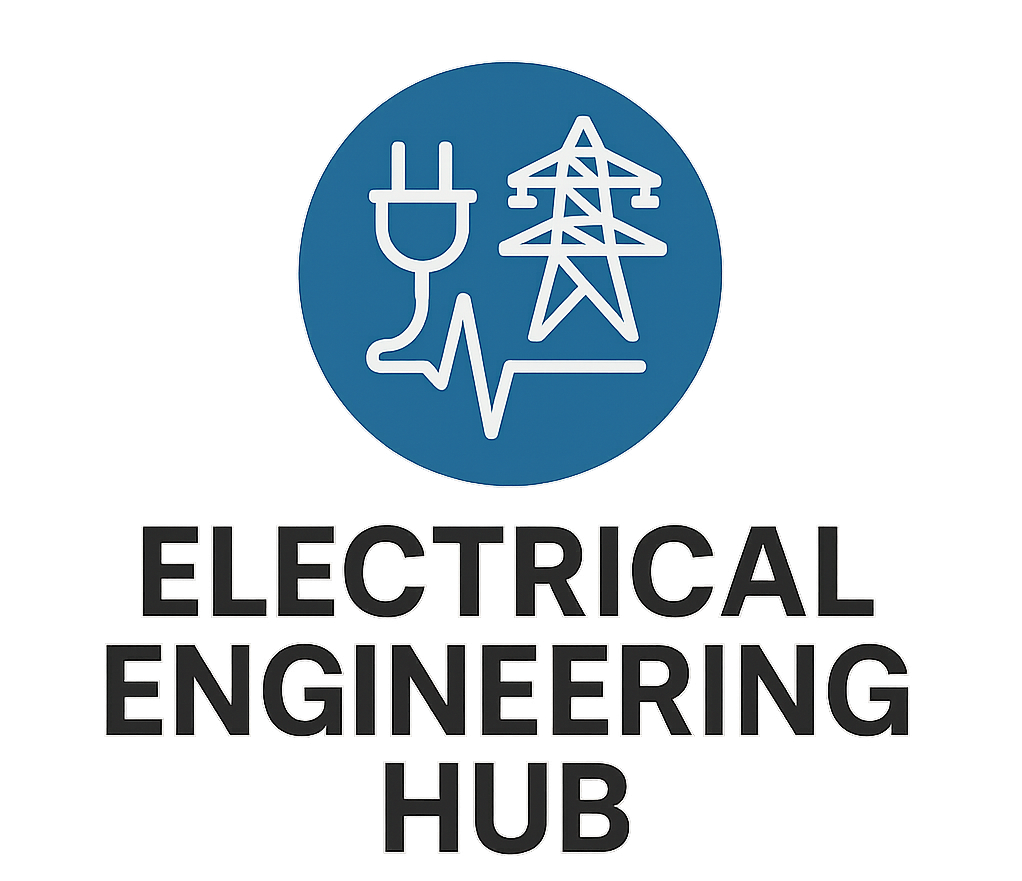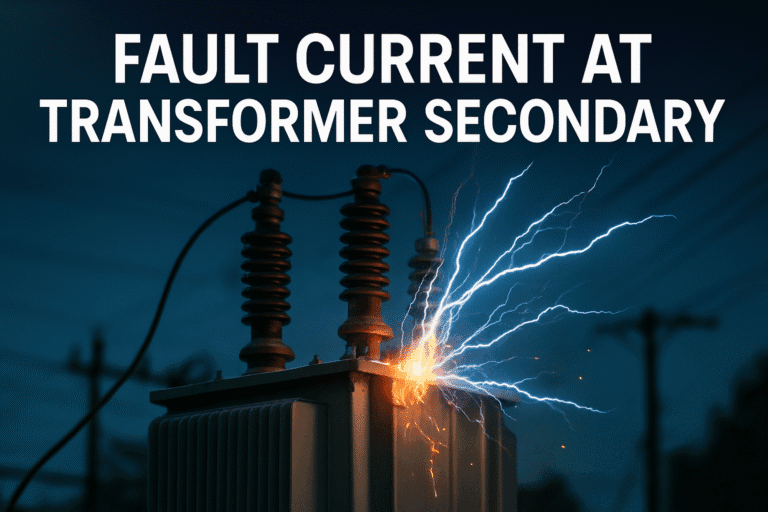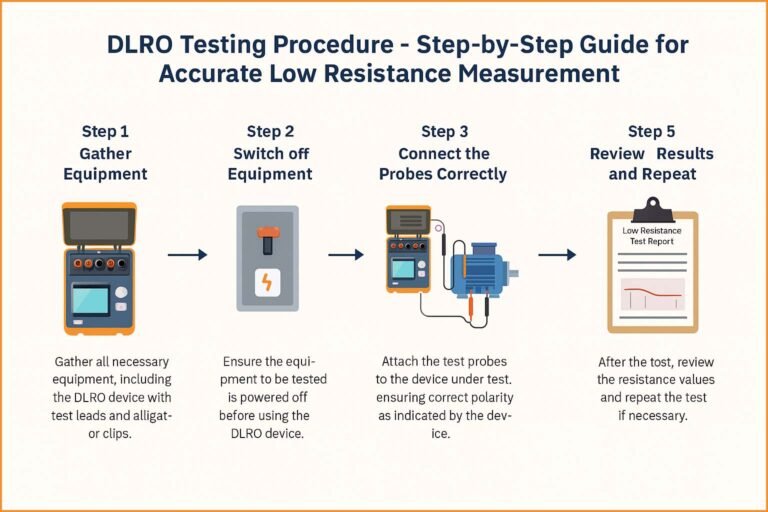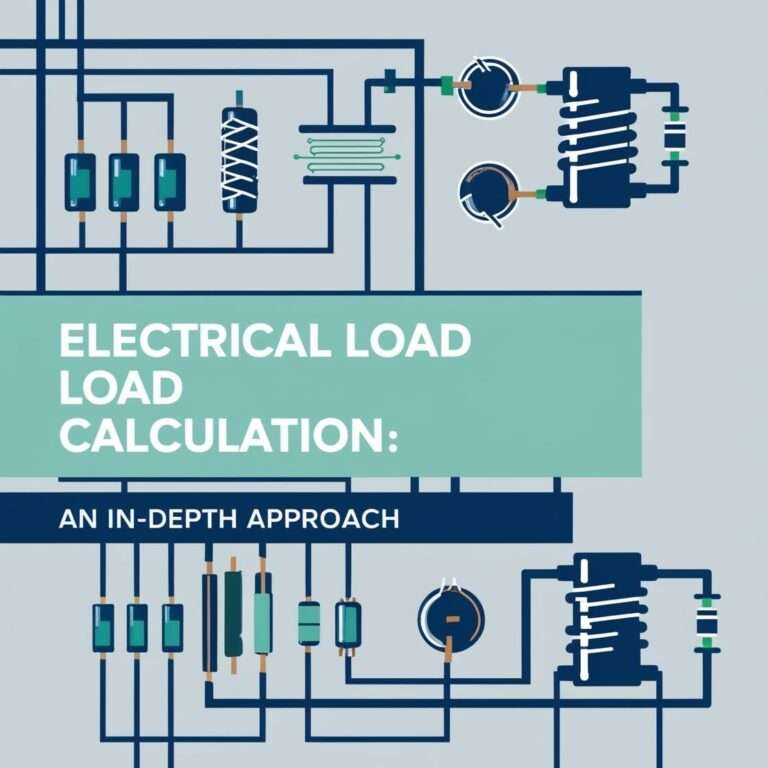IEC Standard for Distribution Transformer
Introduction to IEC Standard for Distribution Transformer
Distribution transformers are crucial in the electrical power system. They step down high voltage to usable levels for homes, commercial buildings, and industries. But how do we ensure these transformers are designed and manufactured to meet global safety and performance benchmarks? That’s where the IEC standard for distribution transformer comes in.
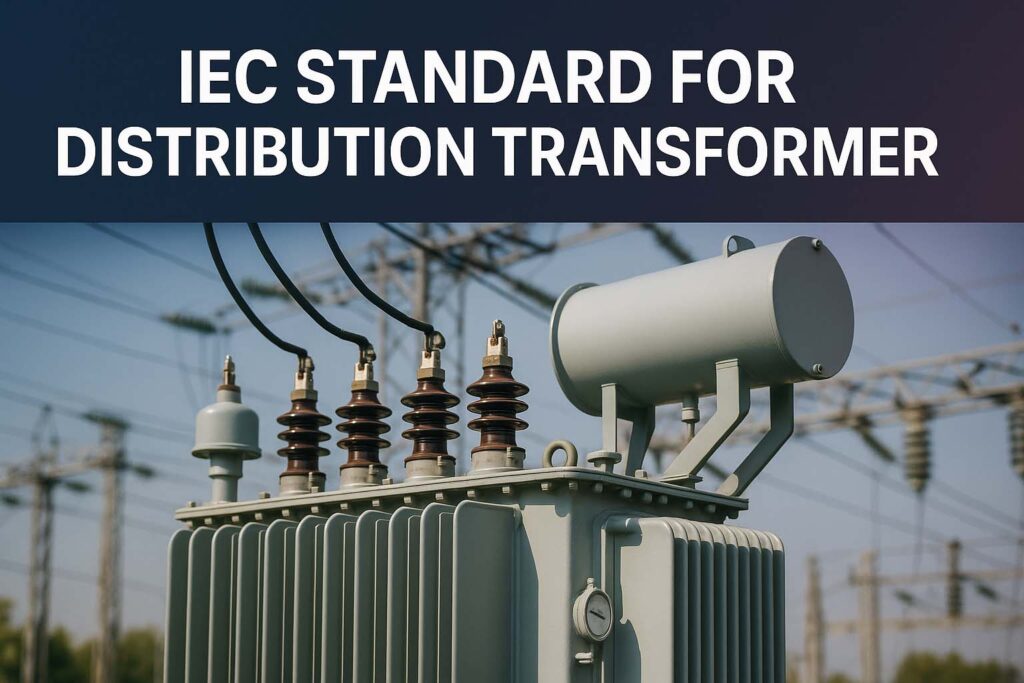
The International Electrotechnical Commission (IEC) develops global standards that guide electrical and electronic systems. For distribution transformers, these standards define everything from design rules to testing protocols and efficiency targets.
Adhering to the IEC standard for distribution transformer ensures safe operation, energy efficiency, and long life. Manufacturers across the world rely on these standards to build reliable and compliant equipment.
Why IEC Standards Are Important for Distribution Transformers
Electricity distribution systems operate under strict conditions. There are constant load variations, temperature fluctuations, short-circuit events, and environmental stresses. Without a clear standard, transformer performance and safety could vary wildly between manufacturers.
Know more about power transformer manufacturers
The IEC standard for distribution transformer helps create consistency in performance. It also ensures global compatibility, improves reliability, and reduces technical risks. For countries and utilities adopting these standards, the outcome is predictable transformer behavior and fewer failures.
Key benefits of IEC standards in transformer design include:
- Standardized testing procedures
- Defined temperature rise limits
- Clear insulation class designations
- Consistent energy loss limits
- Better maintenance and interoperability
Know more about Top 15 Dry Type Transformer Manufacturers
Main IEC Standards Relevant to Distribution Transformers
The IEC has published several standards related to distribution transformers. The most important ones include:
| Standard Number | Title | Purpose |
|---|---|---|
| IEC 60076 Series | Power Transformers | Covers general requirements, testing, insulation, temperature rise, and safety |
| IEC 60076-1 | General | Base standard for all power transformers, including distribution types |
| IEC 60076-2 | Temperature Rise | Specifies permissible temperature limits |
| IEC 60076-3 | Dielectric Tests | Covers insulation testing methods |
| IEC 60076-5 | Ability to Withstand Short Circuit | Defines short-circuit mechanical strength |
| IEC 60076-6 | Reactors | Additional standard for reactors, where applicable |
| IEC 60076-7 | Loading Guide | Helps users determine transformer loading under various ambient and load conditions |
| IEC 60076-11 | Dry-Type Transformers | Applies to dry-type distribution transformers |
| IEC 60076-12 | Loading Guide for Dry-Type | Helps evaluate loading under real-world scenarios |
| IEC 60076-20 | Energy Efficiency | Defines performance levels for energy-efficient transformers |
Each part focuses on a specific aspect of transformer behavior, ensuring a holistic design and manufacturing framework.
Core Requirements of IEC Standard for Distribution Transformer
Let’s look at some key technical aspects defined by the IEC standard for distribution transformer. These aspects cover mechanical, electrical, and thermal performance.
Temperature Rise Limits
IEC 60076-2 governs transformer temperature rise. It defines maximum allowable temperature increases for various insulation classes.
| Insulation Class | Max Winding Temperature Rise (°C) |
|---|---|
| Class A | 60°C |
| Class B | 75°C |
| Class F | 90°C |
| Class H | 115°C |
These limits ensure that insulation doesn’t degrade prematurely, maintaining transformer life and safety.
Know more about Top 15 Transformer Manufacturers USA
Dielectric Tests
Under IEC 60076-3, dielectric tests validate the insulation system. Transformers are subjected to lightning impulse and power frequency tests to ensure they can withstand overvoltage conditions.
This includes:
- Applied voltage test
- Induced voltage test
- Impulse withstand test
These tests simulate real-life stresses like lightning strikes or switching surges.
Short-Circuit Withstand Strength
IEC 60076-5 covers the mechanical design strength needed to survive short-circuit events. When a fault occurs, the transformer must not deform, dislocate windings, or develop permanent insulation damage.
IEC outlines the test current levels and durations for verification. This guarantees transformers installed in urban or industrial grids can survive worst-case fault conditions.
Efficiency and Energy Losses
In the modern energy landscape, efficiency is critical. IEC 60076-20 helps classify transformers based on their energy efficiency. It specifies values for no-load and load losses, helping utility providers select eco-friendly options.
Typical limits for 100 kVA transformer (based on IEC guidelines):
| Type of Loss | Max Loss (W) |
|---|---|
| No-load Loss | 300 W |
| Load Loss (at 75°C) | 1800 W |
These limits vary with transformer ratings and intended applications.
Noise and Vibration
IEC standards also cover permissible sound levels from transformers. Since most distribution transformers are located near residential or commercial areas, noise control is essential. IEC 60076 provides guidance on acceptable sound pressure levels based on transformer size.
Know more about Dry Type Transformer Types
IEC Standard for Dry-Type Distribution Transformer
Dry-type transformers, commonly used indoors or in fire-prone areas, follow specific standards. IEC 60076-11 defines rules for their design and testing.
It addresses:
- Insulation systems and materials
- Thermal class definitions
- Dielectric testing for air-insulated windings
- Enclosure protection (IP ratings)
Dry-type transformers are popular in hospitals, malls, and metro stations. IEC compliance ensures they operate quietly and safely even under tough conditions.
IEC Requirements for Marking and Nameplates
The IEC standard for distribution transformer mandates specific labeling. This helps maintenance teams, inspectors, and engineers understand the unit’s capabilities and manufacturing details.
A standard nameplate includes:
- Rated power (in kVA)
- Rated frequency (typically 50 or 60 Hz)
- Rated voltages (primary and secondary)
- Vector group
- Insulation class
- Impedance voltage
- Manufacturer’s name and year
- Cooling method (ONAN, ONAF, etc.)
- Serial number
These details are essential during installation, testing, or failure investigations.
Testing as per IEC Standard for Distribution Transformer
Every IEC-compliant transformer undergoes a series of routine, type, and special tests.
Routine Tests:
- Measurement of winding resistance
- Ratio and phase displacement test
- Short-circuit impedance test
- No-load loss and current measurement
- Insulation resistance test
Type Tests:
- Temperature rise test
- Dielectric type tests
- Sound level measurement
Know more about IEC Standard for Dry Type Transformer
Special Tests (if required):
- Partial discharge test
- Lightning impulse test
- Harmonic analysis
These tests ensure the transformer is built correctly, performs as intended, and will not fail prematurely.
Efficiency Classes under IEC
IEC 60076-20 categorizes transformers into efficiency classes based on their losses. These are often aligned with EU Ecodesign directives. The common classes are:
- Tier 1 (2015/2016) – Entry-level efficient units
- Tier 2 (2021 onwards) – Higher efficiency for new installations
- Tier 3 (proposed future standard) – Super-efficient units for smart grids
Energy-efficient transformers save utilities and industries millions in lifetime operational costs.
Know more about IEC Standard for Busbar Clearance
Conclusion: Why IEC Standard for Distribution Transformer Matters
The IEC standard for distribution transformer is not just a regulatory tool. It is a globally accepted benchmark for safety, performance, and energy efficiency.
Using IEC-compliant transformers means fewer failures, longer lifespan, and optimized operation. For governments, utilities, and private developers, it brings confidence and cost savings.
Follow Us on Social:
Subscribe our Newsletter on Electrical Insights for latest updates from Electrical Engineering Hub
#IECStandard, #DistributionTransformer, #ElectricalEngineering, #TransformerStandards, #IECNorms, #PowerDistribution, #TransformerDesign, #ElectricalSafety, #EnergyEfficiency, #TransformerTesting, #IEC60076, #GridStandards, #PowerEngineering, #TransformerMaintenance, #IECCertified
